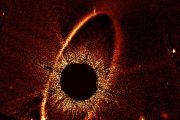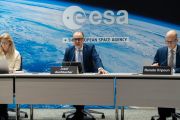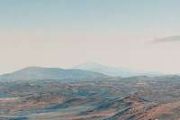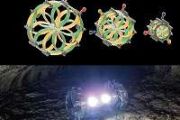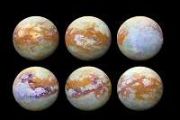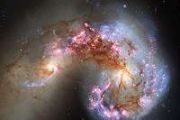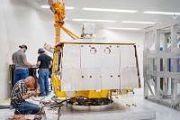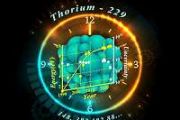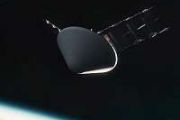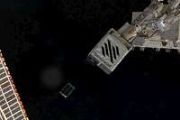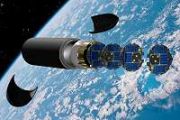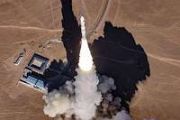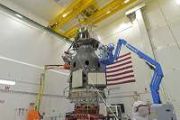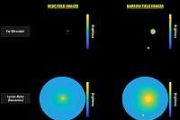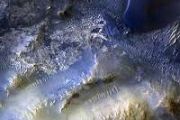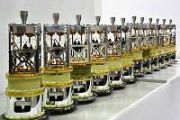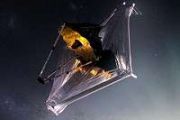
Copernical Team
Space Ambition now interactive!

The interactive version of the Space Ambition book is now online, featuring all the content and images included in the hardcover edition.
Japan launches H3 rocket, destroys it over 2nd-stage failure
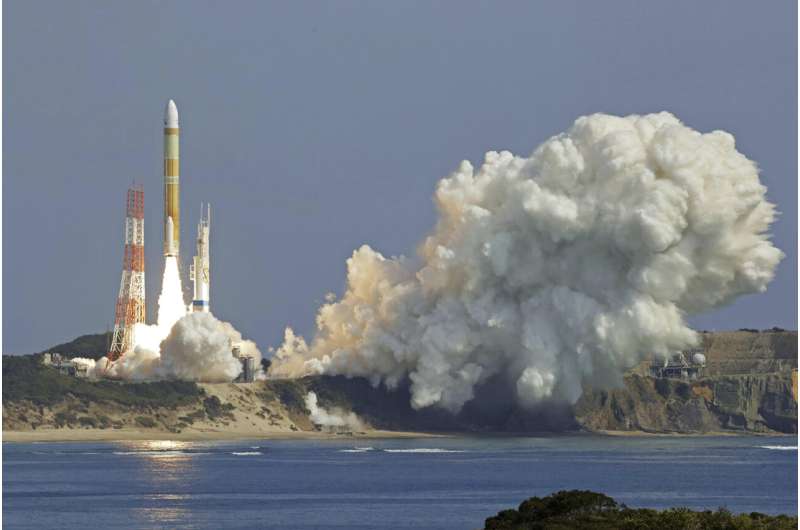
Japan's space agency intentionally destroyed a new H3 rocket minutes after its launch Tuesday because the ignition failed for the second stage of the country's first new rocket series in more than two decades.
Coming three weeks after an aborted launch due to a separate glitch, the H3's failure was a setback for Japan's space program—and possibly for its missile detection program—and a disappointment for space fans who were rooting for Tuesday's retrial.
The H3 rocket with a white head blasted off and soared into the blue sky from the Tanegashima Space Center in southern Japan as fans and local residents cheered. It followed its planned trajectory and the second stage separated as designed, but the ignition for it failed, the Japan Aerospace Exploration Agency said.
Guide morphing rovers across alien world in evolutionary computing contest
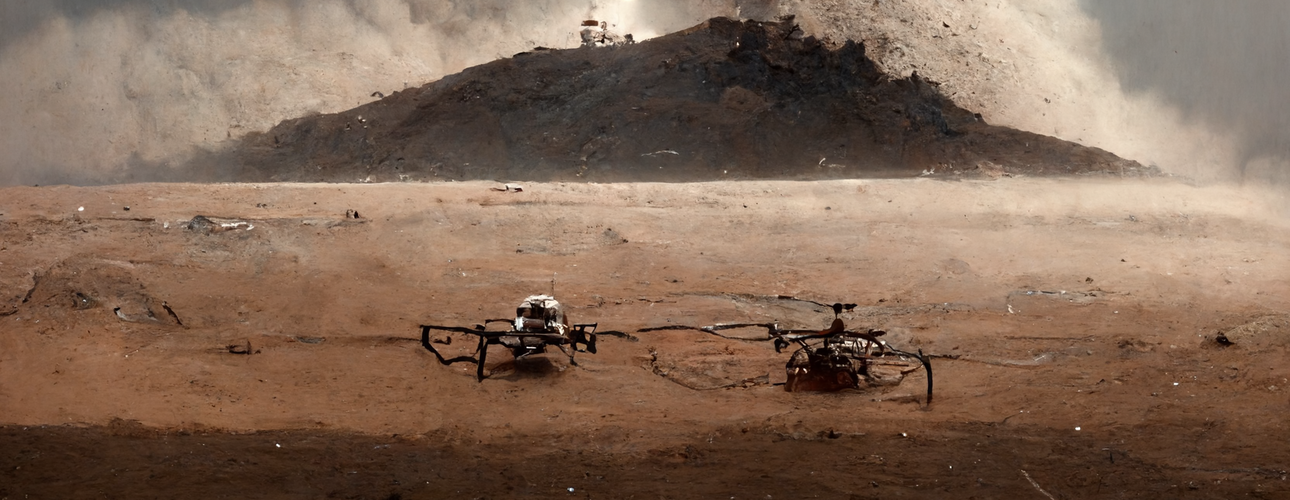
Thousands of years from now, the descendants of humankind gather via a galactic network of wormholes to begin the joint exploration of a curiously Mars-like world in deep space. A constellation of quantum communication satellites serve to oversee the progressive mapping of this terra incognita by AI rovers, which are capable of morphing their shape to traverse the most challenging terrain imaginable.
Airbus wins contract from Angola for Earth observation satellite Angeo-1
 As part of French President Emmanuel Macron's visit, Airbus Defence and Space has announced an agreement for Angeo-1, the first very high performance Angolan Earth observation satellite, to be manufactured by Airbus Defence and Space in France, which strengthens the collaboration between the two countries.
Jean-Marc Nasr, Head of Space Systems at Airbus said: "Space supports life on Earth.
As part of French President Emmanuel Macron's visit, Airbus Defence and Space has announced an agreement for Angeo-1, the first very high performance Angolan Earth observation satellite, to be manufactured by Airbus Defence and Space in France, which strengthens the collaboration between the two countries.
Jean-Marc Nasr, Head of Space Systems at Airbus said: "Space supports life on Earth. Japan's new H3 rocket fails again, forced to self-destruct
 Japan's second attempt to launch its next-generation H3 rocket failed after liftoff on Tuesday, with the spacecraft forced to self-destruct after the command centre concluded the mission could not succeed.
The failure is a blow for Japan's space agency JAXA, which has billed the rocket as a flexible and cost-effective new flagship.
Its launch had already been delayed by several years, an
Japan's second attempt to launch its next-generation H3 rocket failed after liftoff on Tuesday, with the spacecraft forced to self-destruct after the command centre concluded the mission could not succeed.
The failure is a blow for Japan's space agency JAXA, which has billed the rocket as a flexible and cost-effective new flagship.
Its launch had already been delayed by several years, an Galileo, how you’ve grown
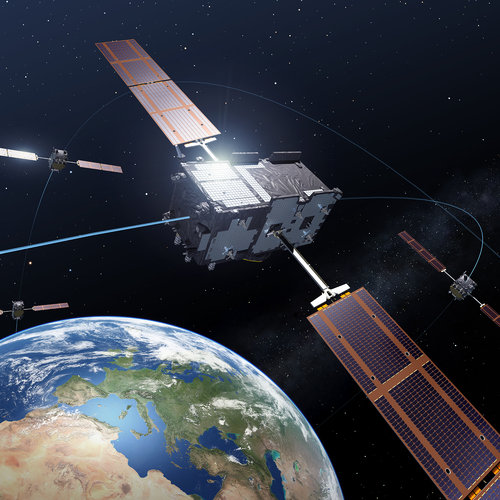
Today Galileo is the world’s most precise satellite navigation system, delivering metre-level accuracy, and if you are a modern smartphone owner then you – like nearly four billion others around the world – are among its users. This week we are celebrating that almost exactly a decade ago, on 12 March 2013, Europe for the first time ever was able to determine a position on the ground using only its own independent navigation system, Galileo.
Using a data cube to monitor forest loss in the Amazon
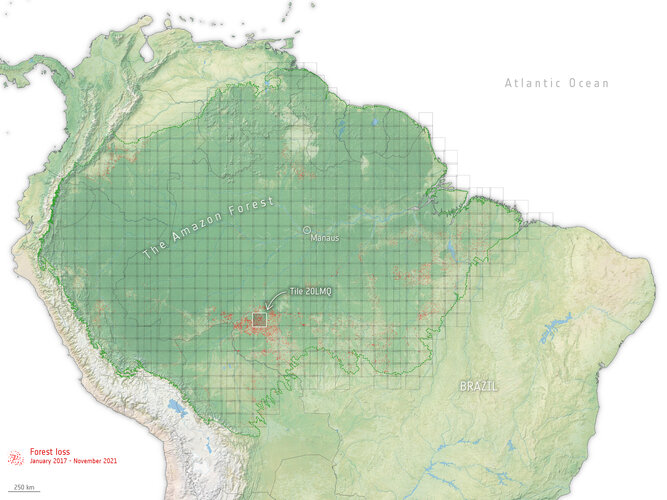
AST SpaceMobile Announces Teaming Agreement with Fairwinds Technologies
 AST SpaceMobile Inc. (NASDAQ: ASTS), the company building the first and only space-based cellular broadband network accessible directly by standard mobile phones, has announced a teaming agreement with Fairwinds Technologies LLC to explore potential opportunities to jointly market AST SpaceMobile's planned services and innovative satellite technologies to the military market.
Fairwinds dev
AST SpaceMobile Inc. (NASDAQ: ASTS), the company building the first and only space-based cellular broadband network accessible directly by standard mobile phones, has announced a teaming agreement with Fairwinds Technologies LLC to explore potential opportunities to jointly market AST SpaceMobile's planned services and innovative satellite technologies to the military market.
Fairwinds dev Radio interference from satellites is threatening astronomy but there are solutions
 Visible light is just one part of the electromagnetic spectrum that astronomers use to study the universe. The James Webb Space Telescope was built to see infrared light, other space telescopes capture X-ray images, and observatories like the Green Bank Telescope, the Very Large Array, the Atacama Large Millimeter Array and dozens of other observatories around the world work at radio wavelengths
Visible light is just one part of the electromagnetic spectrum that astronomers use to study the universe. The James Webb Space Telescope was built to see infrared light, other space telescopes capture X-ray images, and observatories like the Green Bank Telescope, the Very Large Array, the Atacama Large Millimeter Array and dozens of other observatories around the world work at radio wavelengths Globalstar to Deliver 5G Private Networks and Services Powered by Qualcomm 5G RAN Platforms
 Globalstar, Inc. (NYSE American: GSAT), a leading telecom infrastructure provider, has signed a strategic collaboration agreement with Qualcomm Technologies, Inc. involving a portfolio of 5G Private Network technologies, including Qualcomm FSM 5G RAN Platforms for small cells, as well as select Qualcomm Snapdragon Modem-RF Systems, supporting Rel 15/16, that will utilize Globalstar Band n53 terr
Globalstar, Inc. (NYSE American: GSAT), a leading telecom infrastructure provider, has signed a strategic collaboration agreement with Qualcomm Technologies, Inc. involving a portfolio of 5G Private Network technologies, including Qualcomm FSM 5G RAN Platforms for small cells, as well as select Qualcomm Snapdragon Modem-RF Systems, supporting Rel 15/16, that will utilize Globalstar Band n53 terr 

